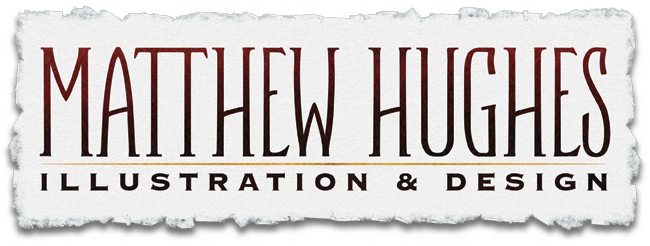image courtesy of TerryPratchettBooks.com
So I haven't posted anything in a great long while to the point were it would seem easier to just forget about it, but it would be too easy to give up on this.
Any who... Back to Crab Mentality, the idea for this image came out of my desire to add an image to my portfolio of cute and cuddly stuffed animals. Other then in a toy store or upon child's bed the most likely place to see a high density of stuffed animals is in a claw machine. So from this initial idea I started playing around with the story, and it quickly boiled down to two concepts. A really big teddy bear being gingerly picked up by the ear by a tiny claw, which at any moment, would drop the bear back into the pit of neon colored mammals and glassy eyed fish, was the first and the second eventually became Crab Mentality.
The narrative behind Crab Mentality came from the nearly impossible task of winning an animal from the claw machine, something my sister has always been exceptional at, and from reading Unseen Academicals by Terry Pratchett. With in the novel Pratchett uses the image of a crab pot to illustrate the difficulty of social mobility and the cultural pressures that make it difficult for a person to breakout from expectations and ascend in social ranking.
Now on to the actual creation of Crab Mentality the process was pretty straight forward. Well now as I write this I cannot not really remember exactly how I started this one. Usually the process always starts the same, I work out the image in my sketchbook, draw the same image a couple times till I get it right. Normally after that step I would move onto a full-scale rough drawing using a col-erase pencil on tracing paper. Then I would take the drawing and transfer the image to whatever surface my final is on, more likely then not it is watercolor paper.
As a side note, I have worked on illustration board, and it is a good material, but I don't like painting on it. I prefer the tooth of watercolor paper and how the paint takes to the surface, on illustration board the paint just sits on the surface, though I must admit I have got some really interesting watercolor wash on some of the boards and I must keep that in mind so I can apply it to my next digital piece.
Thanks for taking that side route with me, now back to the main road. I do not remember creating a rough first. I think I drew straight onto my watercolor paper, then I inked the image with waterproof ink.
After the drawing and the inking came the initial washes, really there is not anything real noteworthy here to talk about. You can see me starting to develop the value and color structure of the piece. In order to create focus on the little gator I make him the only green animal, also I place the light source directly overhead of him, in an attempt to add a religious element.
Next, I begin developing the surface of the surface of the image. I used my quill pen and added colored lines to inform the the textures and forms of the various animals as well creating higher contrast. I then moved on to the background, going through the deep dark crevices of google image search in the hopes to find something that would give a good idea of what it would be like to be inside a claw machine. Then I noticed my mistake.
Before I got a good look at the mechanics of a claw machine, I figured the box holding the motor must have two bars that intersect in the motor box allow the player to move along the two axes. I was wrong. There is only one bar (sometimes two parallel bars) that hold the motor box, and the motor box is able to move along its support bar, allowing the player to move along the two axes.
To fix my mistake, I turned the second cross bar into a florescent light. I tried to lift up as much paint from around the light I could, but ultimately I had to use white gouache (an opaque water color) and white color pencil to get the need effect.





